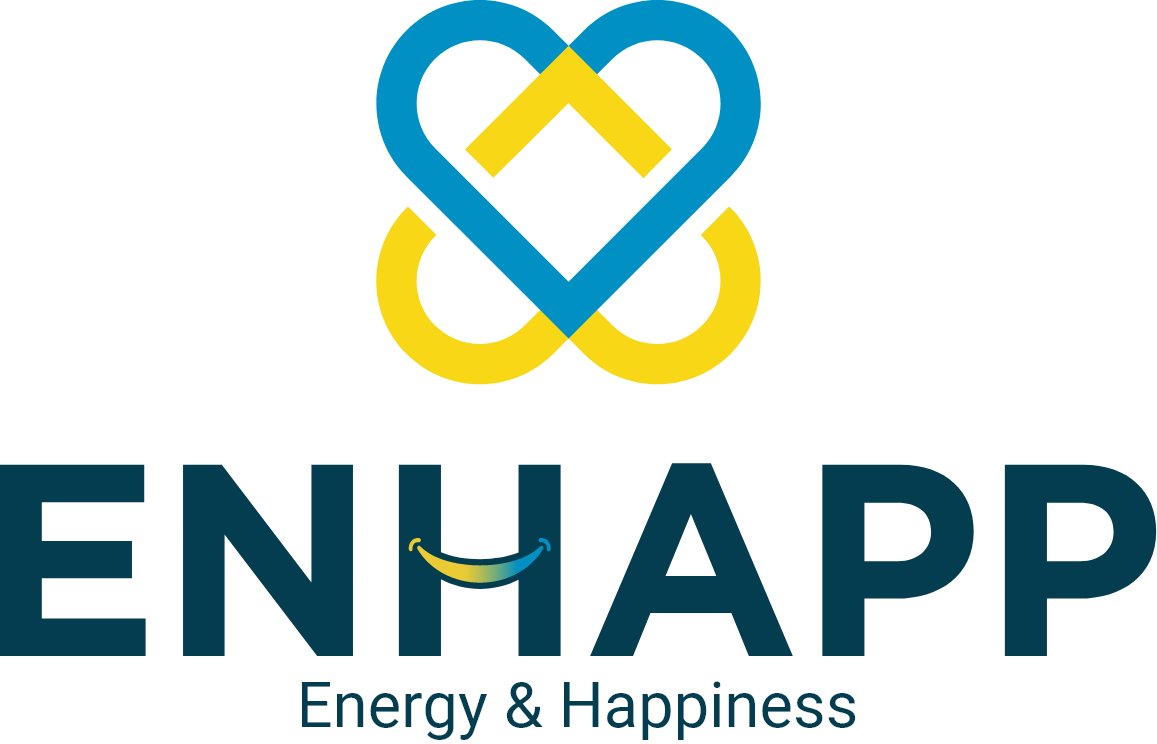Being ‘anxious’ and ‘depressed’ doesn’t sound problematic in our day-to-day lives. Casual conversations like “I’m anxious about my performance tomorrow” or “I’m a bit depressed about his behaviour” are typical these days. Anxiety and depression are normal human emotions.
But in the case of anxiety, when a person experiences it routinely at higher levels leading to potentially dangerous situations; and in the case of depression, if a person ends up in severely disappointing or upsetting life circumstances, there is trouble. Therefore, to deal with it intelligently, you should first know the difference between anxiety and depression.
A crucial difference between anxiety and depression is that the former refers to a group of mental health conditions while the latter is a single mental health condition. Depression, in most cases, can transform into an acute form, also known as clinical depression. Different people experience it differently, but clinical depression refers to a single mental health condition, and some of the depression symptoms are mentioned below.
The term anxiety has a few different meanings. Every human being feels anxious in life one way or the other, and ‘anxiety’ simply describes that feeling. But anxiety as a medical condition actually describes a group of mental health conditions. The most common one is Generalised Anxiety Disorder (GAD).
How Depression and Anxiety Are Linked?
Depression and anxiety share a similar biological root. Anxiety disorder, clinical depression, or mood disorders are experienced by people whose brains struggle with the disruptive functioning of neurotransmitters. Lower serotonin levels coupled with lower functioning of other neurotransmitters such as dopamine and epinephrine are proven to trigger these mental health conditions.
Although the biological aspects of both of these mental health conditions are similar, anxiety and depression are experienced in different shades. Hence, depression and anxiety can be considered two sides of the same coin.
Depression and anxiety can occur sequentially (one may trigger the other), or some people experience both mental illnesses simultaneously. When depression symptoms and anxiety symptoms simultaneously hit the threshold for clinical diagnosis, they are considered comorbid mental health conditions.
Psychological Differences Between Anxiety and Depression
Depression and anxiety have distinct psychological traits. Therefore, their symptoms or experiences are entirely different.
Anxiety is a mood disorder, and people with an anxiety disorder may experience:
- Severely anxious about their near term or long-term future
- Out of control yet wayward thoughts about something going wrong
- Ward off situations that trigger anxiety and struggle to stop that feelings and thoughts from subduing them.
- Fear of death and anticipate events that could cause it.
These psychological traits can vary depending on the nature of the anxiety disorder. For example, a person experiencing Generalized Anxiety Disorder may worry about a wide variety of things, events, or actions.
On the other hand, a person suffering from Social Anxiety Disorder (SAD) is prone to fear rejection by others and apprehensive about socializing or meeting new people. Another anxiety disorder, also known as obsessive-compulsive disorder (OCD), works differently. A person struggling with OCD experience unrealistic thoughts (sometimes with ethereal quality) far beyond day-to-day anxieties.
Psychological Traits of Major Depressive Disorder
Depression is all about your actions and feelings. People with depression may experience:
- Hopelessness, anticipating a terrible future for themselves, others, or the whole world.
- Fail to try to think or feel differently.
- The feeling of worthlessness about who they are or what they do in life.
- Persistent feeling of sadness.
- Consider death as an option owing to a persistent belief that their life is not worth living or they are a burden on others.
- Suicidal thoughts are present in cases of moderate to severe clinical depression.
When a person experiences Major Depressive Disorder (MDD), they have to struggle with these persistent negative thoughts and feelings most of the days. Sometimes, the feelings and thoughts may persist for weeks, and the person’s mood oscillates between very low to very high levels.
Anxiety Vs. Depression: The Physical Symptoms
The physical symptoms of anxiety disorder or major depressive disorder can be exhausting for the afflicted person.
Physical anxiety symptoms are:
- Lack of concentration due to a state of agitation or reckless thoughts.
- Difficulty falling into sleep or getting deep sleep because of uncontrollable thoughts or other physical symptoms.
- Dizziness.
- Gastrointestinal disturbances like nausea, constipation, or diarrhea.
- Persistent sweating, increased heart rate, and blood pressure.
- Stiffed muscles.
- Feeling heaviness while breathing.
Physical depression symptoms are:
- Struggle to concentrate, focus, and memorize due to wayward thoughts or other physical ailments
- Lower energy levels
- Loss of or increase in appetite
- Slower than usual physical movements, including talking
- Body pain without reason
- Excessive sleeping due to low energy or lack of sleep owing to uncontrollable thoughts.
The Severity of Depression and Anxiety Symptoms
Human life is filled with tension and stress. Consequently, experiencing lower mood levels or anxiety and slight depression is not unusual in our daily lives. For example, most of us have experienced depression and anxiety in the event of the loss of a loved one, developing a physical illness, starting a new job, enrolling at a new school, or experiencing financial turmoil.
However, to understand whether a person has reached the level of diagnosis of an anxiety disorder or major depressive disorder, the symptoms should be persistent and severe for months. Similarly, mood disorders should occur more often for at least a fortnight.
To assess the severity of your anxiety symptoms and depression symptoms, you should do some of the methods mentioned below.
- Verify whether these symptoms are getting in the way of your day-to-day life.
- You might also consult with your trusted friends and family members if they have observed changes in you and your behavior. If so, confirm what all are those changes.
- Update yourself with the information on mild, moderate, and acute levels of depression and anxiety.
- Keep track of your psychological yet physical depression symptoms and anxiety symptoms for a week or two. This will help you attain accurate information about the oscillations in your moods and depression levels.
How to Take Care of your Depression and Anxiety?
If you plan to consult a doctor to diagnose and treat your depression and anxiety, keep in mind that it would be difficult for the doctor to help you if both mental health conditions exist in a comorbid state in you. That’s why it’s essential to analyze the symptoms by yourself and disclose the same to your doctor.
The treatment for anxiety disorders and major depressive disorder involves medication and talk therapy or both. Cognitive Behavioral Therapy (CBT) is an effective talk therapy that trains your thought and behavioral patterns to avoid triggering your depression and anxiety.
Major depressive disorders are treated by antidepressants that can change the equilibrium of the neurochemicals in your brain and improve your mood. Likewise, anti-anxiety drugs, beta-blockers, and antidepressants are used for treating anxiety disorders.
After understanding the difference between anxiety and depression, your anxiety symptoms and depression symptoms, the sooner you start treatment, the better. Always open up with your doctor about the effectiveness of the treatment or if it causes any side effects. Usually, it would take a few attempts to find the proper treatment that works best for you.




